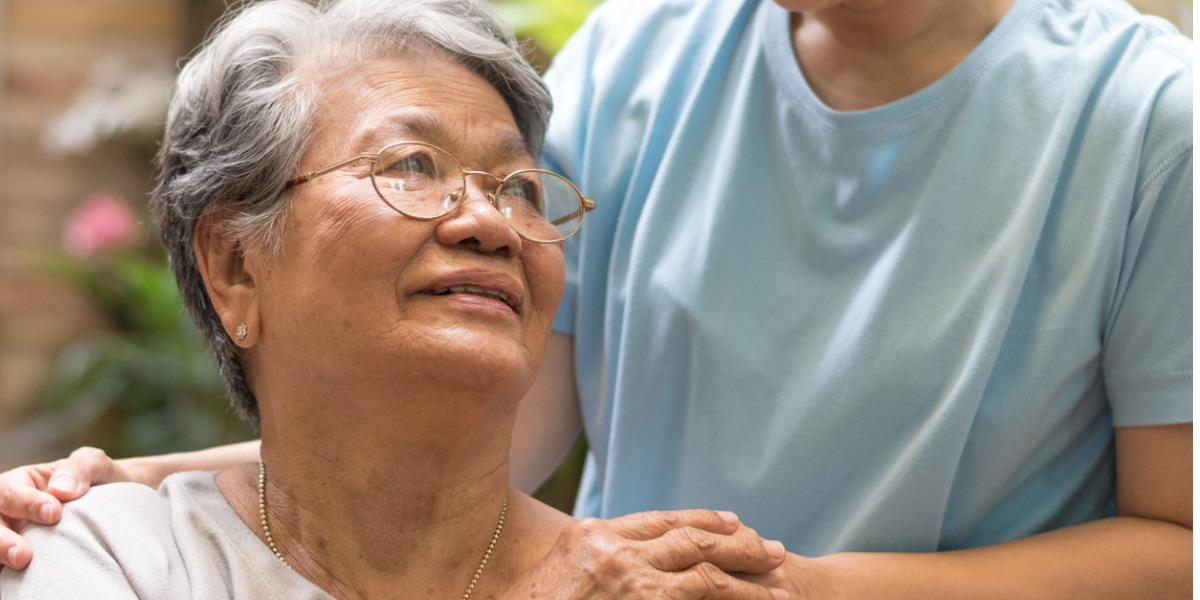
America’s population is becoming more diverse. As this happens, the need for cultural competence in hospice care continues to increase. Especially when hospice care is delivered at home, it’s essential for nurses and other members of the hospice care team to recognize important differences in clients, embrace them and create a care environment that is sensitive to the family’s unique needs.
Defining Culture
To understand what it means to provide culturally competent care, it’s first important to define what a culture is. Most people think of this as a grouping of people with regard to heritage – such as the Spanish culture or the Asian culture. However, culture can mean more than just heritage and it includes things like religion, spirituality or sexual orientation. A person’s culture is often deeply intertwined with their values and beliefs, and that is why cultural competency is so important when providing end of life care.
What is Cultural Competence in Hospice Care
Next let’s discuss the meaning of the term “cultural competency”. Cultural competence is the ability to understand, communicate with and interact with patients in a positive way. Culturally competent caregivers are aware of their own biases. They work to overcome them or at least set them aside in order to improve the care setting. They value the things that make us different. In the hospice setting, a culturally competent nurse will seek out information about the patient’s end of life beliefs, thoughts on dying and views regarding end of life concerns. These things will then be incorporated into the plan of care to help ensure that the patient feels valued and dignified in the final stage in life.
Cultural Considerations in End of Life Care
Why is cultural competency important in end of life care? Culture is intertwined with feelings, beliefs and values, it can deeply influence a patient’s reaction to their health condition, their decisions about care and their beliefs about dying. Ignoring culture is ignoring who the patient is, at their core, and it often results in the patient feeling less comfortable and less engaged in their care experience. Some of the key aspects that culture can influence include:
- The patient’s perception about their health and suffering
- A patient’s feelings about death and dying
- The patient’s ideas about seeing a doctor or entering into hospice care
- Acceptance of prescription pain management
- Rituals the patient believes are important or necessary at the end of life
- Communication patterns or preferred forms of communication
- The family’s role in the hospice experience and dying process
- Effective methods for problems solving or decision making
One good example of the ways in which different cultures approach the hospice care experience is in decision making. In Western society, decision making is often approached in an individual way. Independence is encouraged, and decisions made by the patient are valued above all others. However, in other cultures, decision making is more of a family affair. In some cases, family members will take the information provided by the hospice care team and make decisions with very little input from the patient. In other cases, the patient and family might look to the hospice care team as esteemed professionals and even ask them to make decisions for them. While the voice of the patient must always be valued, understanding the impact of culture on the decision making process can help the hospice care team to better communicate with the family and respect their way of approaching care.
When a professional caregiver understands the impact that culture has on the person’s perception about hospice care and the dying process, they can tailor the care plan to best meet that patient’s needs and improve communication too.
Cultural Competence and the Assessment Process
Navigating the unique cultural needs of hospice patients is sometimes challenging. It’s important to know where to start. In most cases, efforts to provide culturally competent care begin with the assessment process. A culturally competent assessment includes asking about specific cultural and religious beliefs that the patient views as important especially as they relate to their end of life care. Nurses must include family members in the assessment process and encourage everyone to communicate their needs and goals. It’s important for the nurse to ask about the patient’s health problems and how they impact them as well as discuss their beliefs about how they can best be helped. If a patient seems unsure about their unique needs, a competent care team will reassure them that care can be adjusted at any time based on their values and beliefs. This reassurance can open important lines of communication and improve the hospice care experience.
In today’s changing cultural climate, cultural competency is a must. This is especially true in the unique and challenging hospice care setting. Salus Hospice of Los Angeles embraces the challenge of creating a hospice care team that is aware of cultural differences and accepting of the unique goals and values of each patient we work with. If you or your loved one is in need of hospice care, contact us, and let’s work together to create a dignified end of life experience that always keeps cultural competency in mind.
There is no ads to display, Please add some

